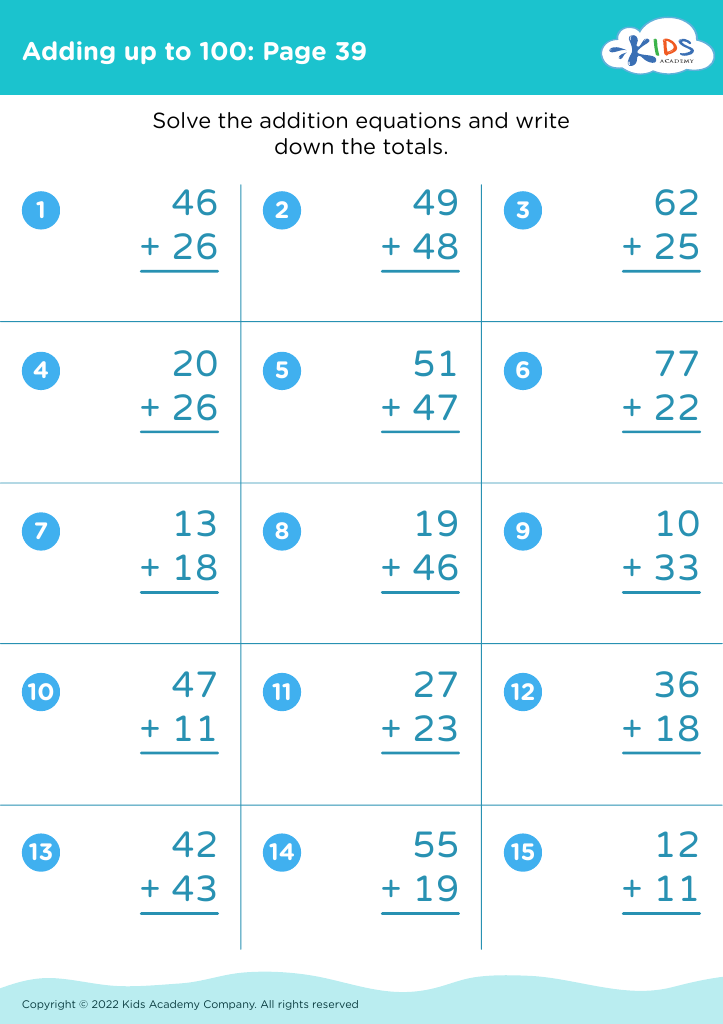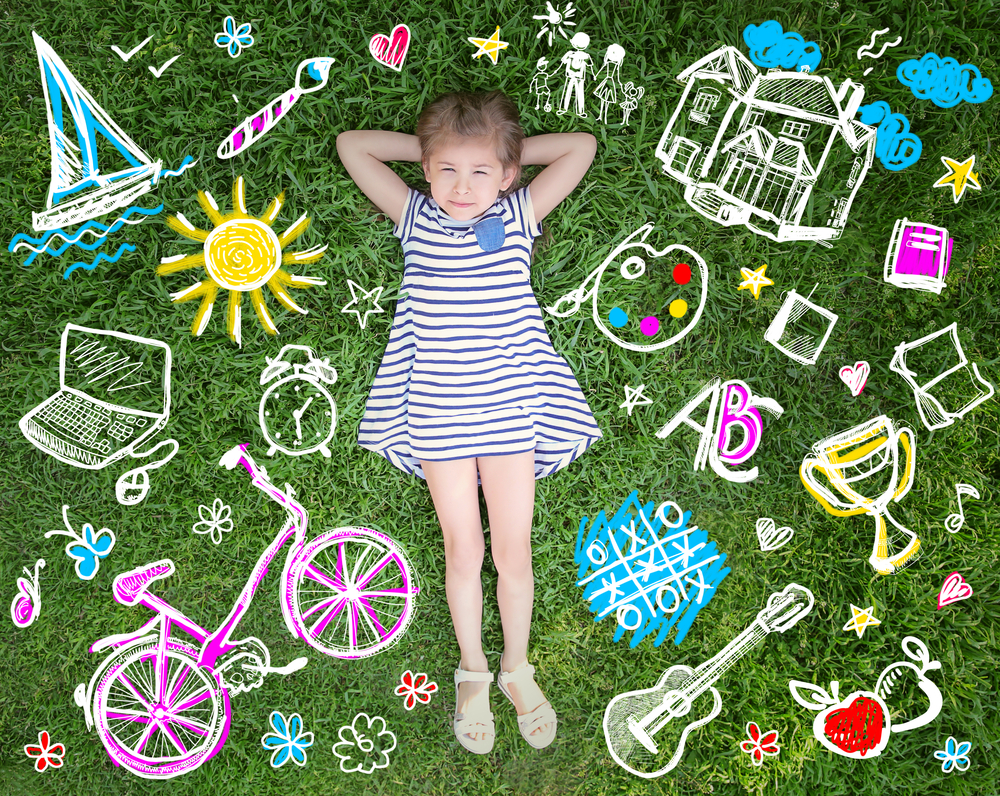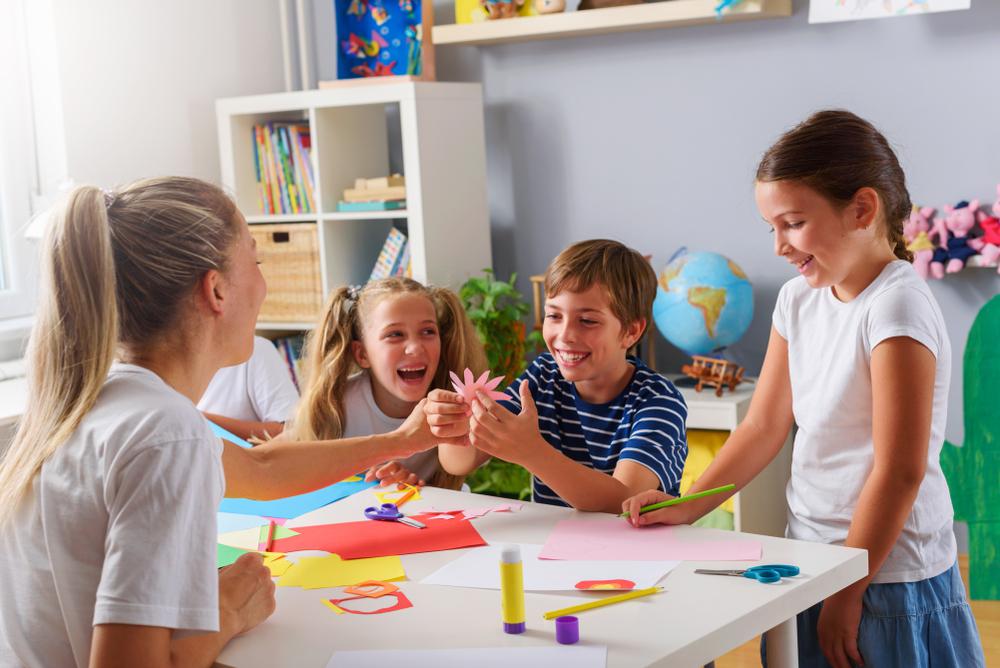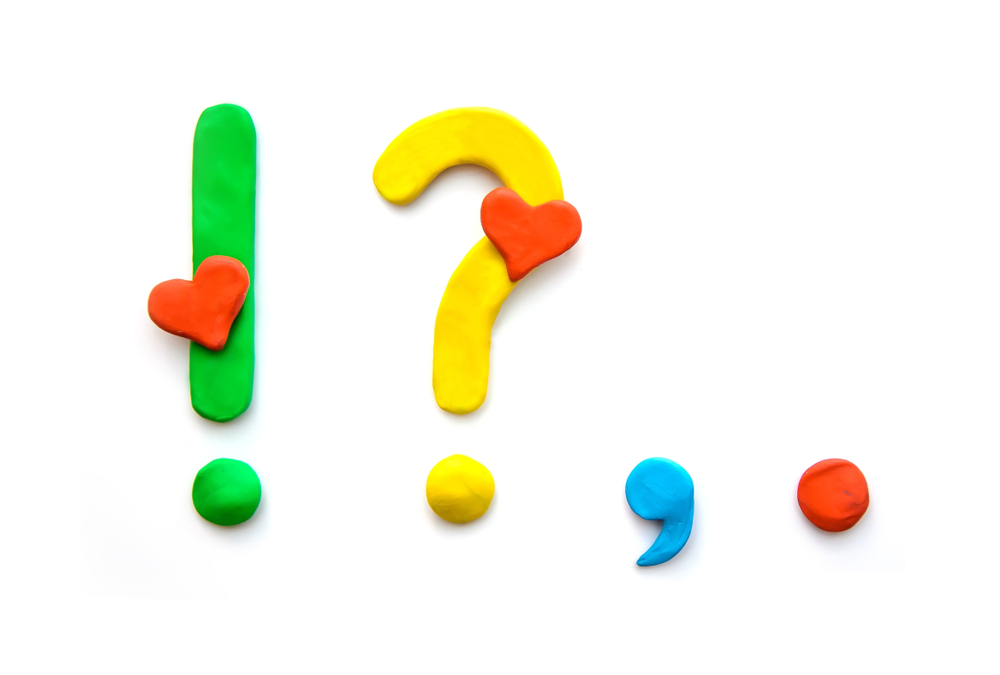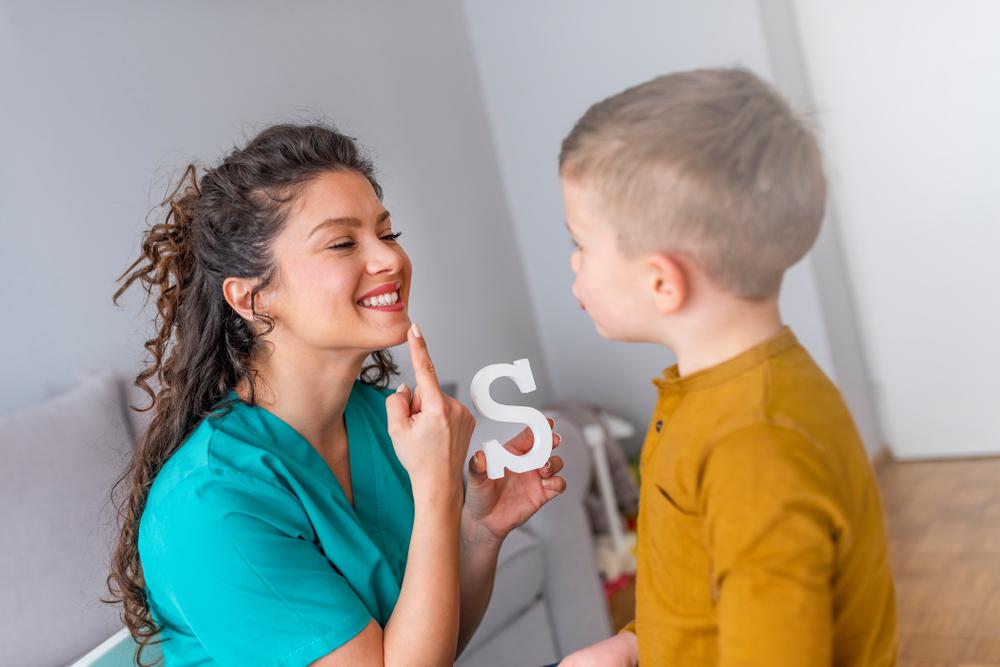Identifying similarities/differences Worksheets for Kids
1 filtered results
-
From - To
Question/Answer
What does the Identifying similarities/differences skill mean when it comes to Grade 2 Adding up to 100 Misc learning?
The Identifying similarities/differences skill in Grade 2 Adding up to 100 Misc learning involves recognizing patterns or distinctions in numbers or operations that help in solving addition problems up to 100. It helps students understand different strategies for addition, such as using place value or properties of addition, to find efficient solutions.
Why is the Identifying similarities/differences skill important for Grade 2 students?
Identifying similarities and differences is crucial for Grade 2 students because it enhances critical thinking, improves comprehension, and lays the foundation for categorization and classification skills. This skill helps in better understanding of concepts across subjects, boosts problem-solving abilities, and encourages the development of observational and analytical skills, which are essential for academic success and everyday problem-solving.
What are some effective activities to train students’ Identifying similarities/differences skill when teaching them about Adding up to 100 Misc?
Effective activities include: 1. **Sorting and Classifying:** Provide a mix of addition problems; students sort them into groups based on similarities in solutions or problem structure. 2. **Matching Games:** Create cards with addition problems and their solutions for a matching game, teaching pattern recognition. 3.
